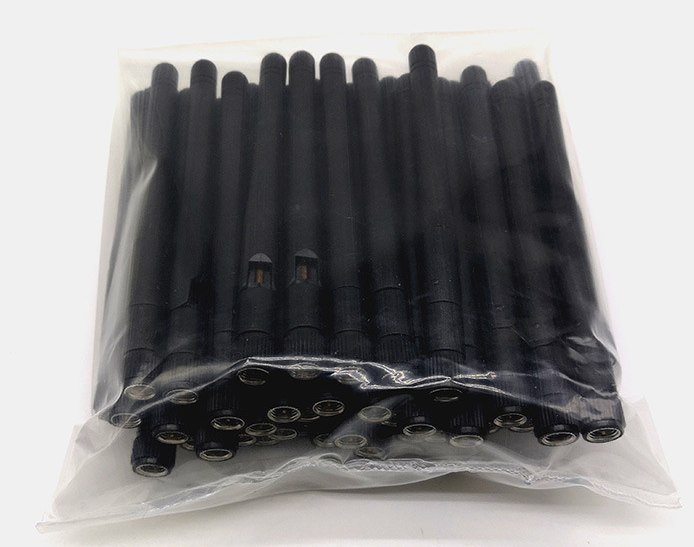The difference between 3 antennas and 4 antennas
Antennas are a very important part of radio equipment, serving as the medium for transmitting radio signals between the radio equipment and the outside world, similar to the transmission medium in cables. There are various types of antennas, and different types of antennas have different advantages in different scenarios. This article will provide a detailed introduction to the types and usage scenarios of antennas, with a focus on the differences between 3 antennas and 4 antennas.

1、 Types of antennas
1. directional antenna
Directional antenna, also known as directional antenna, is an antenna that can only transmit and receive signals in a specific direction. It is mainly used in directional communication of radio and radar systems. The advantage of directional antenna is that it can reduce noise interference and improve signal strength, but the disadvantage is that it needs accurate orientation and adjustment.
2. omnidirectional antenna
Omnidirectional antenna, also known as omnidirectional antenna, is an antenna that can transmit and receive signals in all directions. It is mainly used in broadcasting, communication, and mobile communication systems. Omnidirectional antenna has the advantages of wide signal range and convenient use, but its disadvantage is vulnerable to interference and signal weakening.
3. Sector antenna
A sector antenna, also known as a sector antenna, is a directional antenna commonly used in radio communication systems. The advantage of sector antenna is that it can transmit and receive signals within a certain range, but the disadvantage is that the signal strength is not as strong as directional antenna.
4. Antenna array
Antenna array is an antenna system composed of multiple antennas. It can change the radiation direction and radiation mode of antenna by changing the distance and phase relationship between antennas. The antenna array is mainly used in radar, communication and satellite communication systems. The advantage of antenna array is that it has efficient transmission and reception capability, but the disadvantage is that it is more complex to install and debug.
2、 The difference between 3 antennas and 4 antennas
Three antennas and four antennas are two common types of antennas, and their main differences lie in the number of antennas and directional performance.
1.3 Antennas
3 antennas refer to an antenna system composed of three antennas, commonly referred to as a triangular antenna. The 3 antennas have directional performance and can transmit and receive signals in the horizontal direction. The 3 antennas are mainly used in radio communication, radar, and satellite communication systems. The advantage of the 3 antenna is its directional performance, which can reduce noise interference and improve signal strength, but the disadvantage is that it can only transmit and receive signals in the horizontal direction.
2.4 Antenna
4 antennas refer to an antenna system composed of four antennas, commonly referred to as a square antenna. The 4 antennas have directional performance and can transmit and receive signals in both horizontal and vertical directions. 4 antennas are mainly used in radio communication, radar, and satellite communication systems. The advantage of 4 antennas is that they have higher directional performance and can transmit and receive signals in more directions, but the disadvantage is that installation and debugging are more complex.
3、 Antenna usage scenarios
1. Radio and Television
Radio and television are one of the fields where antennas are widely used. Omnidirectional antenna is widely used in radio and television reception. The advantage of omnidirectional antenna is that it can receive signals from different directions and is easy to use.
2. Mobile communication
Mobile communication is another field where antennas are widely used. In mobile communication, omnidirectional antenna or sector antenna is usually used. The advantage of the omnidirectional antenna is that it is convenient to use, while the sector antenna can provide better signal coverage.
3. Radar and satellite communication
Radar and satellite communication are one of the widely used high-tech fields for antennas. In radar and satellite communication, directional antenna or antenna array is usually used. The advantage of directional antenna or antenna array is that it has better signal strength and directional performance, can reduce noise interference and improve signal strength.
Antennas are a very important part of radio equipment, with different types and usage scenarios. Different types of antennas have different advantages in different scenarios and can be selected according to actual needs. Three antennas and four antennas are two common types of antennas, and their main differences lie in the number of antennas and directional performance. The use of antennas varies in different application scenarios. When selecting antennas, appropriate antenna types should be selected according to actual needs.





